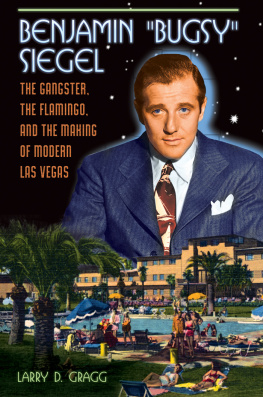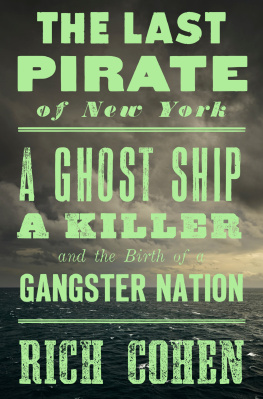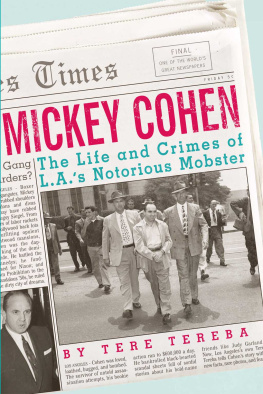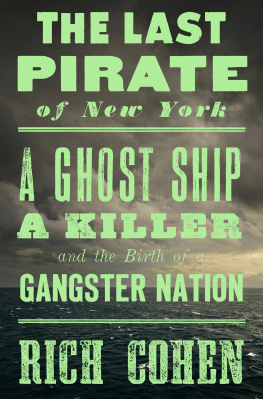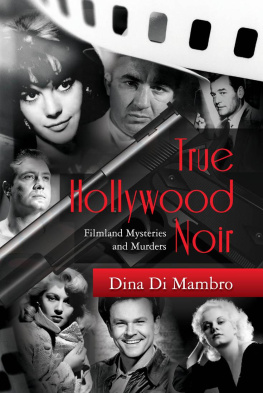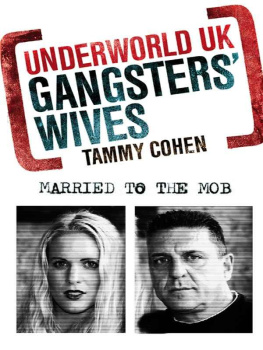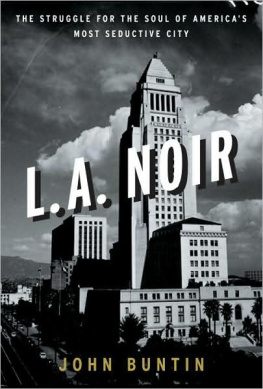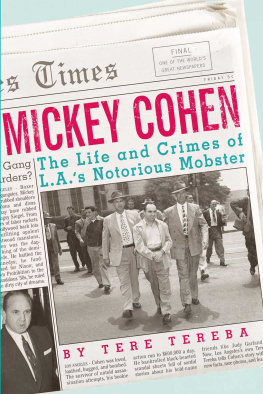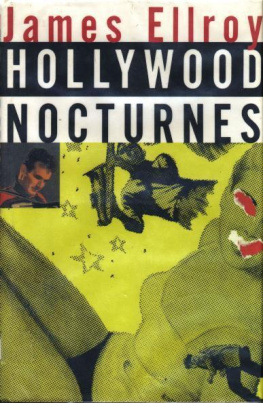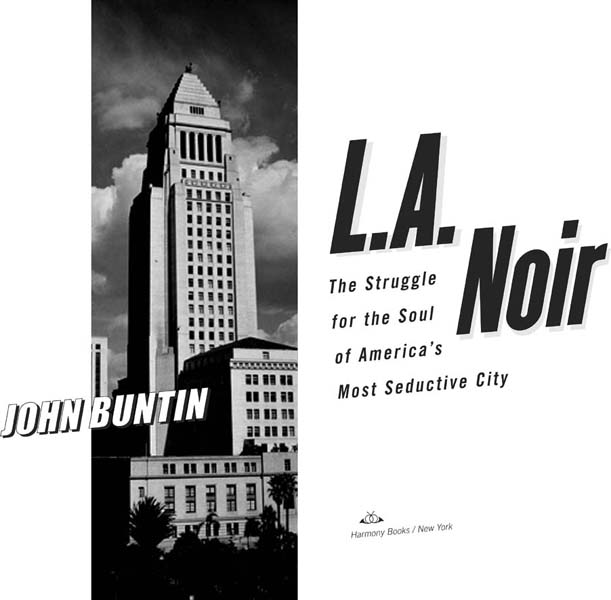Prologue
OTHER CITIES have histories. Los Angeles has legends. Advertised to the world as the Eden at the end of the western frontier, the settlement the Spaniards named El Pueblo de Nuestra Senora la Reina de los Angeles turned out to be something very differentnot the beatific Our Lady the Queen of the Angels advertised by its name but rather a dark, dangerous blonde.
She got up slowly and swayed towards me in a tight black dress that didnt reflect any light. She had long thighs and she walked with a certain something I hadnt often seen in bookstores. She was an ash blonde
Her smile was tentative, but could be persuaded to be nice.
Raymond Chandler, The Big Sleep
For more than sixty years, writers and directors from Raymond Chandler and Billy Wilder to Roman Polanski and James Ellroy have explored L.A.s origins, its underbelly, and (yes) its blondes in fiction and films like The Big Sleep, Double Indemnity, Chinatown, and L.A. Confidential. In the process, they created the distinctive worldview known as noir, where honor is in short supply and where Los Angeles invariably proves to be a femme fatale. Yet this preoccupation with a mythic past has obscured something importantthe true history of noir Los Angeles.
For more than forty years, from Prohibition through the Watts riots, politicians, gangsters, businessmen, and policemen engaged in an often-violent contest for control of the city. Their struggle shaped the history of Los Angeles, the future of policing, and the course of American politics. In time, two primary antagonists emerged. The first was William H. Parker, Los Angeless greatest and most controversial chief of police. His nemesis was Los Angeless most colorful criminal, featherweight boxer-turned-gangster Mickey Cohen.
IN 1920 Los Angeles surpassed San Francisco as Californias largest city. It was a moment of triumph for Los Angeles Times publisher Harry Chandler, who had arrived four decades earlier when the city of angels was a dusty, water-starved pueblo of ten thousand souls. Chandler and his associates worked tirelessly to build a metropolis, relentlessly promoting the fledgling city and ruthlessly securing the water needed to support it (a campaign made famous by the film Chinatown). Yet 1920 was also the year that witnessed the emergence of a major threat to their authority. The threat came from Prohibition. For years, Harry Chandler and the so-called business barons had supplied local politicians with the advertising, the publicity, and the money they needed to reach the citys new residents. In exchange, they gained power over the city government. But with the imposition of Prohibition, a new force appeared with the money and the desire to purchase L.A.s politicians: the criminal underworld. To suppress it, the business community turned to the Los Angeles Police Department. The underworld also looked to the LAPDfor protection.
In 1922, Bill Parker and Mickey Cohen entered this drama as bit players in the struggle for control of Los Angeles. In 1937, Parker emerged as a protg of Los Angeless top policeman while Mickey became the enforcer for L.A.s top gangster. In 1950, they became direct rivals, each dedicated to the others destruction. Two characters more different from each other would be hard to imagine. Parker arrived in Los Angeles in 1922 from Deadwood, South Dakota, a proud, ambitious seventeen-year-old, one of the tens of thousands of migrants who were moving west to Southern California in what the journalist Carey McWilliams described as the largest internal migration in the history of the American people. He hoped to follow in the footsteps of his grandfather, a pioneering prosecutor on the western frontier, and make a career for himself in the law. But instead of opportunity, Parker found in Los Angeles temptation. Instead of becoming a prominent attorney, he became a cop, a patrolman in the Los Angeles Police Department. Coldly cerebral (Star Trek creator Gene Roddenberry, a onetime LAPD officer and Parker speechwriter, reputedly based the character Mr. Spock on his former boss), intolerant of fools, and famously incorruptible (in a department that was famously corrupt), Parker persevered. Gradually he rose. Between 1934 and 1937, he masterminded a campaign to free the police department from the control of gangsters and politicians, only to see his efforts undone by a blast of dynamite and a sensational scandal. Then, in 1950, another scandal (this one involving 114 Hollywood pleasure girls) made Parker chief of the Los Angeles Police Department, a position he would hold for sixteen controversial years.
In contrast, Mickey Cohen wasnt troubled by self-examination until much later in life (when he would grapple with the question of going straight). Born Meyer Harris Cohen in 1913 in the Brownsville section of Brooklyn, Mickey arrived in Los Angeles with his mother and sister at the age of three. By the age of six, he was hustling newspapers on the streets of Boyle Heights. At the age of nine, he began his career in armed robbery with an attempt to heist a movie theater in downtown L.A. using a baseball bat. His talent with his fists took the diminutive brawler to New York City to train as a featherweight boxer. His skill with a .38 took him into the rackets, first in Cleveland, then in Al Capones Chicago. In 1937, Mickey returned to Los Angeles to serve as gangster Benjamin Bugsy Siegels right-hand man. It was a job that put him on a collision course with Bill Parker.
For three decades, from the Great Depression to the Watts riots, Parker and Cohenthe policeman and the gangsterwould engage in a struggle for power, first as lieutenants to older, more powerful men, then directly with each other, and finally with their own instincts and desires. In 1956, Chief Parkers war against Mickey Cohen and organized crime in L.A. attracted the attention of a young Senate investigator with political ambitions named Robert Kennedy. It also antagonized FBI director J. Edgar Hoover and created an extralegal, wiretap-driven style of policing that eerily prefigures the tactics being used in todays war on terror. In the 1960s, it would incite the Watts riots and help propel Ronald Reagan into the governors mansion in Sacramento. Their contest would involve some of the most powerfuland colorfulfigures of the twentieth century: press magnates Harry Chandler and his nemesis, William Randolph Hearst; studio head Harry Cohn of Columbia; entertainers Jack Webb, Frank Sinatra, Lana Turner, and Sammy Davis Jr.; and civil rights leaders Malcolm X and Martin Luther King Jr. The outcome of their struggle would change the history of Los Angeles, set race relations in America on a dangerous new path, and chart a problematic course for American policing.


